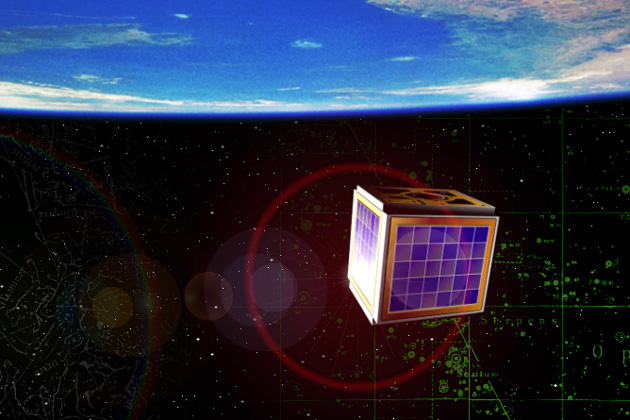How to launch your own homemade satellite
September 6, 2012
Over the next year a dozen or so tiny, homemade satellites will be launched into low Earth orbit — 140 to 600 miles up, roughly as high as the International Space Station — conducting a variety of experiments, Bloomberg Businessweek reports.
Sandy Antunes, a former NASA employee-turned professor, has documented the rise of these “pico satellites” in a pair of books: DIY Satellite Platforms and Surviving Orbit the DIY Way.
Project Calliope follows his quest to build a satellite. Antunes has paid $10,000 for a spot on a rocket that will carry his homemade satellite to space next year.
The rise of private space companies such as SpaceX and Interorbital Systems has made satellites affordable for the DIY set. Interorbital Systems, for example, sells an $8,000 TubeSat kit, which comes with enough hardware to capture videos, send e-mail from space, and conduct experiments around temperature, pressure, and radiation.
There are now a handful of Kickstarter projects tied to pico satellites. KickSat plans to send an army of postage stamp-sized satellites into space. “It’s a growing movement,” says Antunes. “Three years from now, any small college or technical school could do one. Students that want to be engineers will build small test rigs that go into space.”
